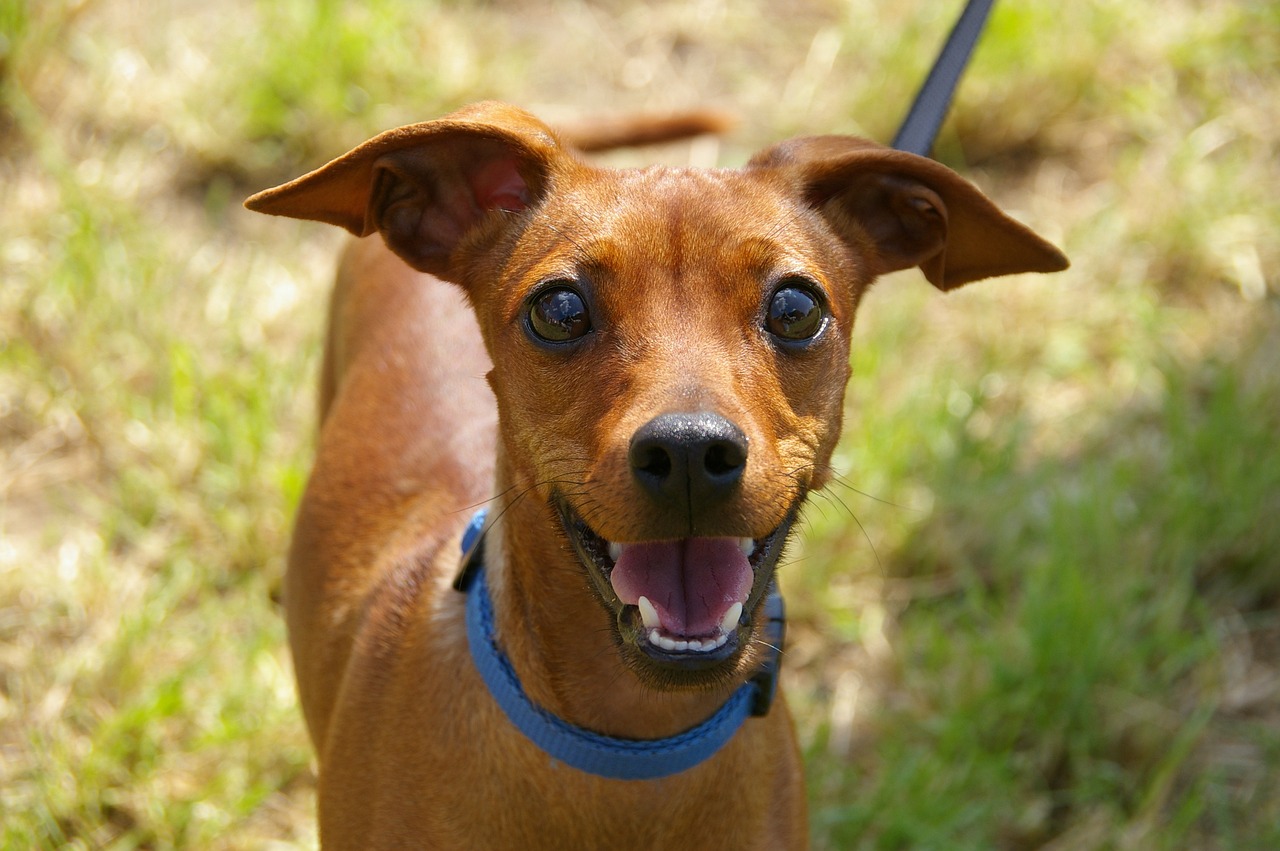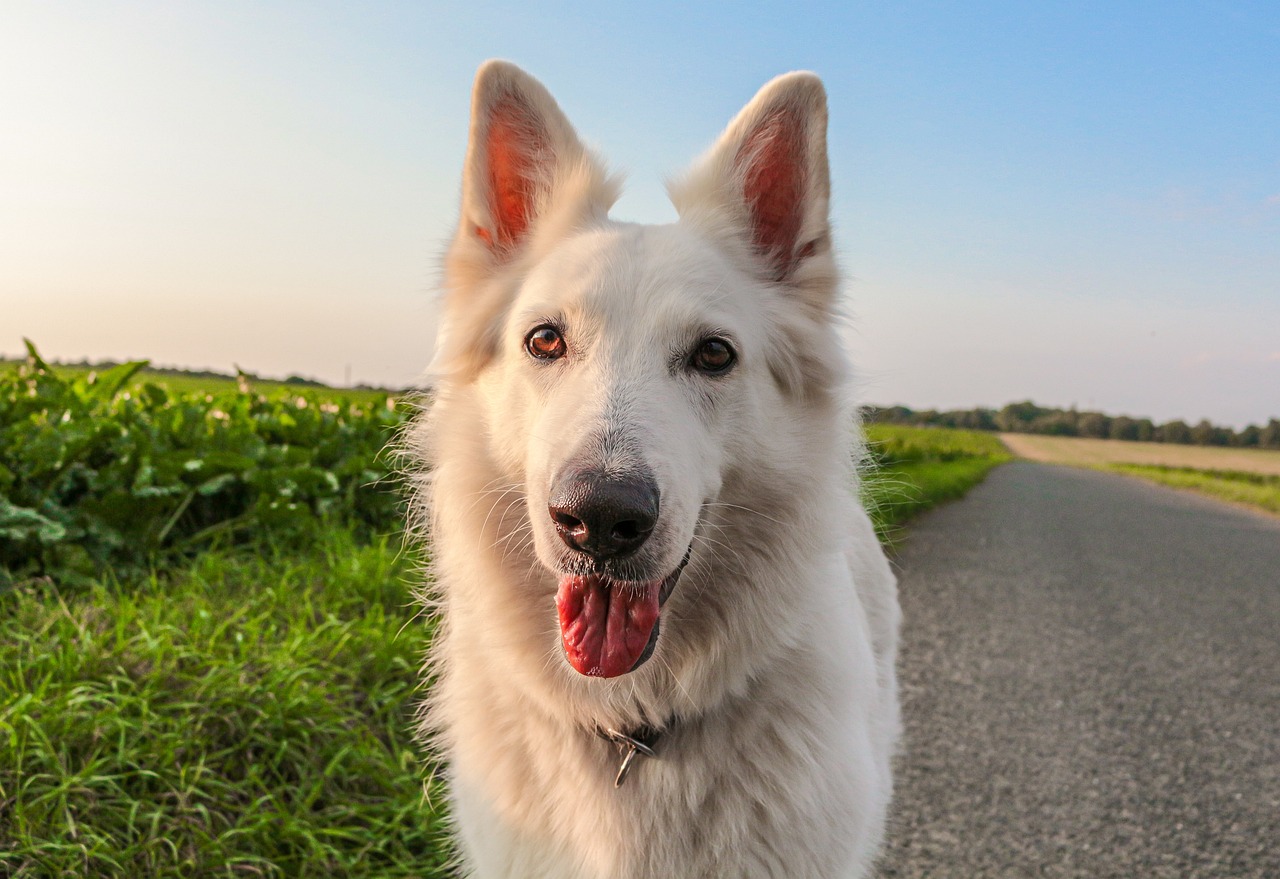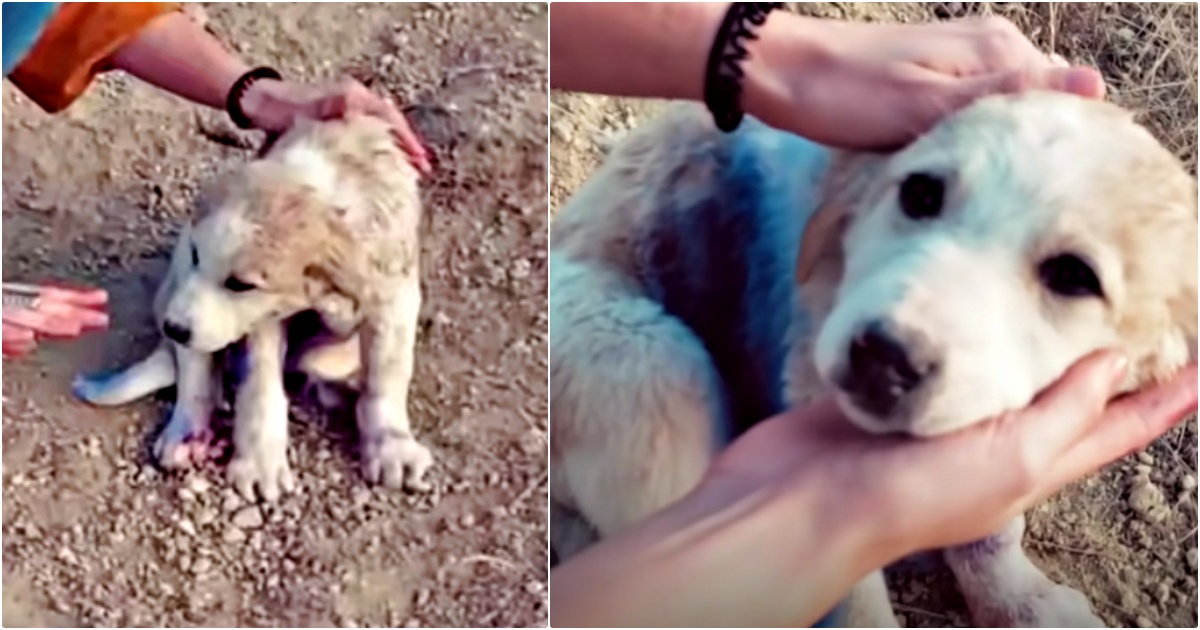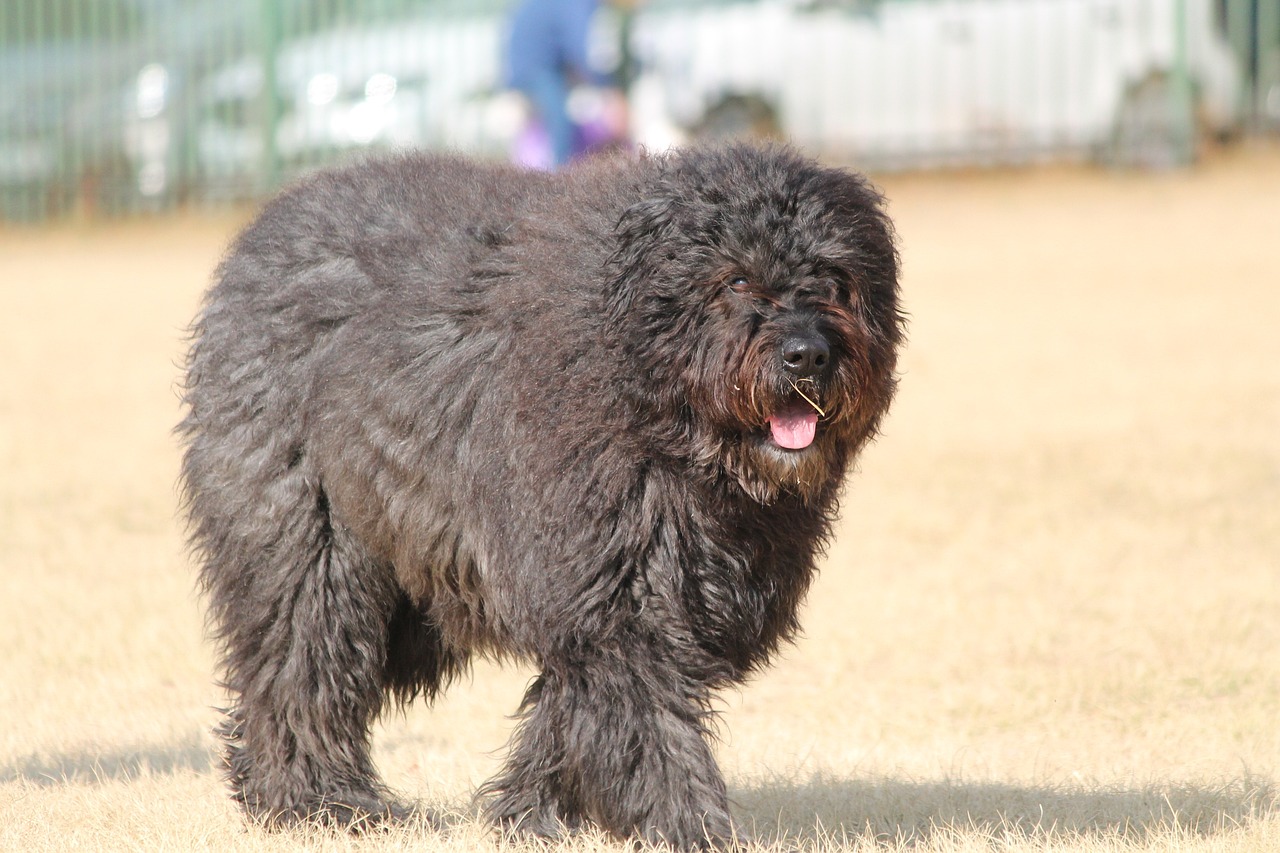Understanding when dogs stop growing is a common concern for many pet owners. Whether you’re curious about your puppy’s future size or concerned about ensuring proper development, knowing the growth stages of dogs is crucial. Growth in dogs varies widely based on several factors, including breed, genetics, and nutrition. Knowing when your dog will stop growing can help you better plan for their care, including dietary needs, exercise routines, and space requirements. This article delves into the factors that influence dog growth, the typical growth stages for different breeds, signs that your dog has stopped growing, and the importance of nutrition and health during these critical periods.
Factors Influencing When Dogs Stop Growing
Several factors influence the age at which dogs stop growing. The primary factor is breed. Small breeds tend to mature faster and reach their full size earlier than larger breeds. Genetics also plays a significant role; dogs inherit growth patterns from their parents. Nutrition is another critical factor; a proper diet ensures that a dog grows healthily and reaches its potential size. Poor nutrition can lead to stunted growth or health issues. Additionally, spaying or neutering at an early age can impact a dog’s growth plates, potentially affecting their final size. Understanding these factors can help pet owners support their dogs’ development more effectively.
Discover How To Calculate Your Dog’s Age
Growth Stages of Different Dog Breeds
The growth stages of dogs can be categorized by breed size:
- Small Breeds: Breeds such as Chihuahuas and Yorkshire Terriers typically stop growing between 8 to 12 months. These dogs grow quickly and reach maturity faster than larger breeds.
- Medium Breeds: Breeds like Beagles and Cocker Spaniels usually stop growing around 12 to 15 months. They have a moderate growth rate compared to small and large breeds.
- Large Breeds: Breeds such as Labradors and Golden Retrievers generally stop growing between 18 to 24 months. Due to their larger skeletal structure, these breeds take longer to reach their full size.
- Giant Breeds: Breeds like Great Danes and Saint Bernards can continue growing until they are 2 to 3 years old. Their extensive growth period is due to their massive size.
Each breed has unique growth patterns, and understanding these can help manage expectations and care for your dog properly during their growth phases.
Signs That Your Dog Has Stopped Growing
Several signs indicate that a dog has stopped growing. Physically, you may notice that your dog’s height and length have stabilized. Their weight may also plateau, although it’s important to monitor for healthy weight rather than obesity. Behaviorally, mature dogs often exhibit less puppy-like behavior and more adult demeanor. The closure of growth plates, which a veterinarian can confirm through X-rays, is a definitive sign that a dog has reached its full size. Observing these signs can help pet owners adjust care and activities appropriate for their dog’s developmental stage.
The Role of Nutrition in Dog Growth
Proper nutrition is essential for healthy growth in dogs. Puppies require a diet rich in proteins, fats, vitamins, and minerals to support their rapid development. The right balance of nutrients ensures that bones, muscles, and organs grow properly. As dogs mature, their dietary needs change. Overfeeding can lead to obesity, while underfeeding can result in malnutrition and stunted growth. Consulting with a veterinarian to choose the right food and feeding schedule for your dog’s breed and size can prevent growth-related issues. Additionally, some breeds may require specific dietary adjustments to address genetic predispositions to certain health conditions.
Find Out When Your Dog Is Fully Grown
Health Considerations During Growth Stages
During the growth stages, dogs are susceptible to various health issues. Large and giant breeds are particularly prone to joint problems such as hip dysplasia, which can be exacerbated by rapid growth. Regular veterinary check-ups are crucial to monitor growth and detect potential issues early. Vaccinations, parasite control, and dental care are important aspects of health maintenance during these stages. Exercise is essential, but it should be appropriate for the dog’s age and size to avoid stress on developing bones and joints. A balanced approach to nutrition, exercise, and medical care will support healthy growth and development.
Learn The Weight And Height Of Pointers By Age

Key Insights on When Dogs Stop Growing and How to Support Their Development
Understanding the factors that influence when dogs stop growing and recognizing the signs of growth completion is essential for providing optimal care. Pet owners can effectively support their dogs through their developmental stages by considering breed-specific growth patterns, ensuring proper nutrition, and being vigilant about health considerations. Regular veterinary visits, a balanced diet, and appropriate exercise are key components in monitoring and supporting your dog’s growth. By taking these steps, you can help ensure your dog grows into a healthy and happy adult, ready to enjoy a long and fulfilling life.




